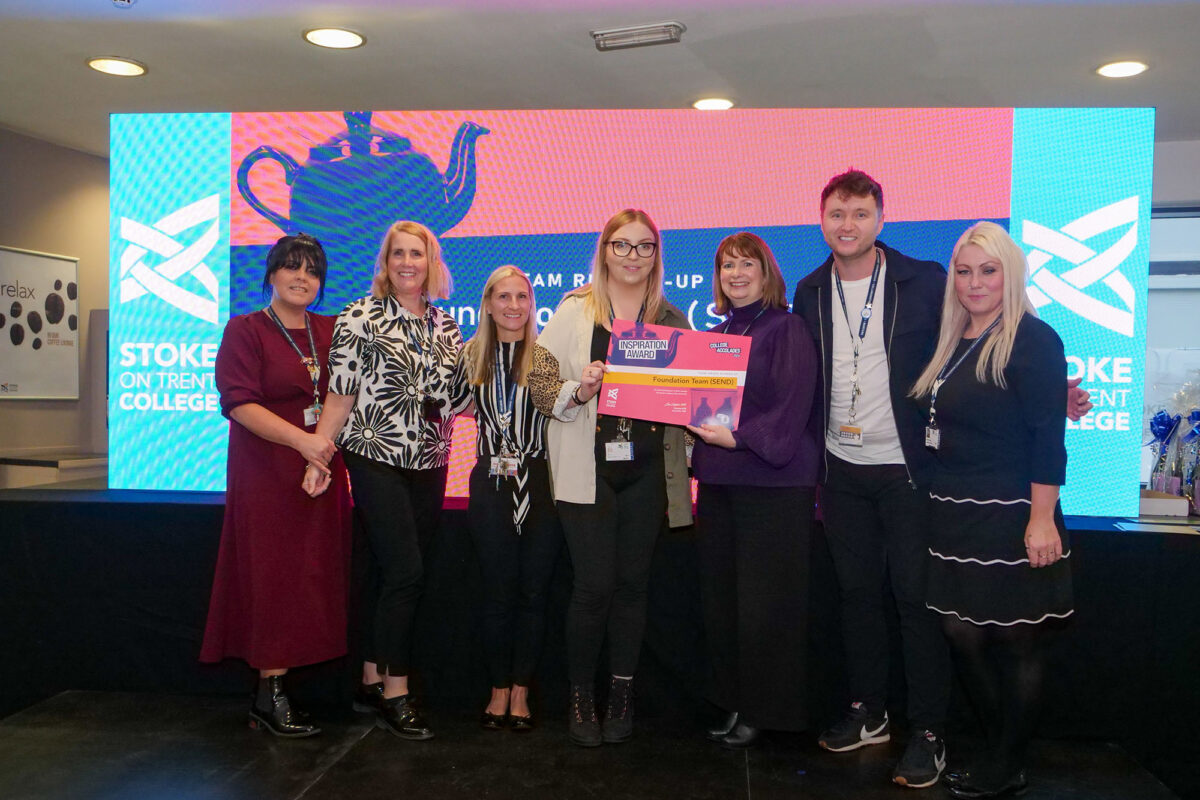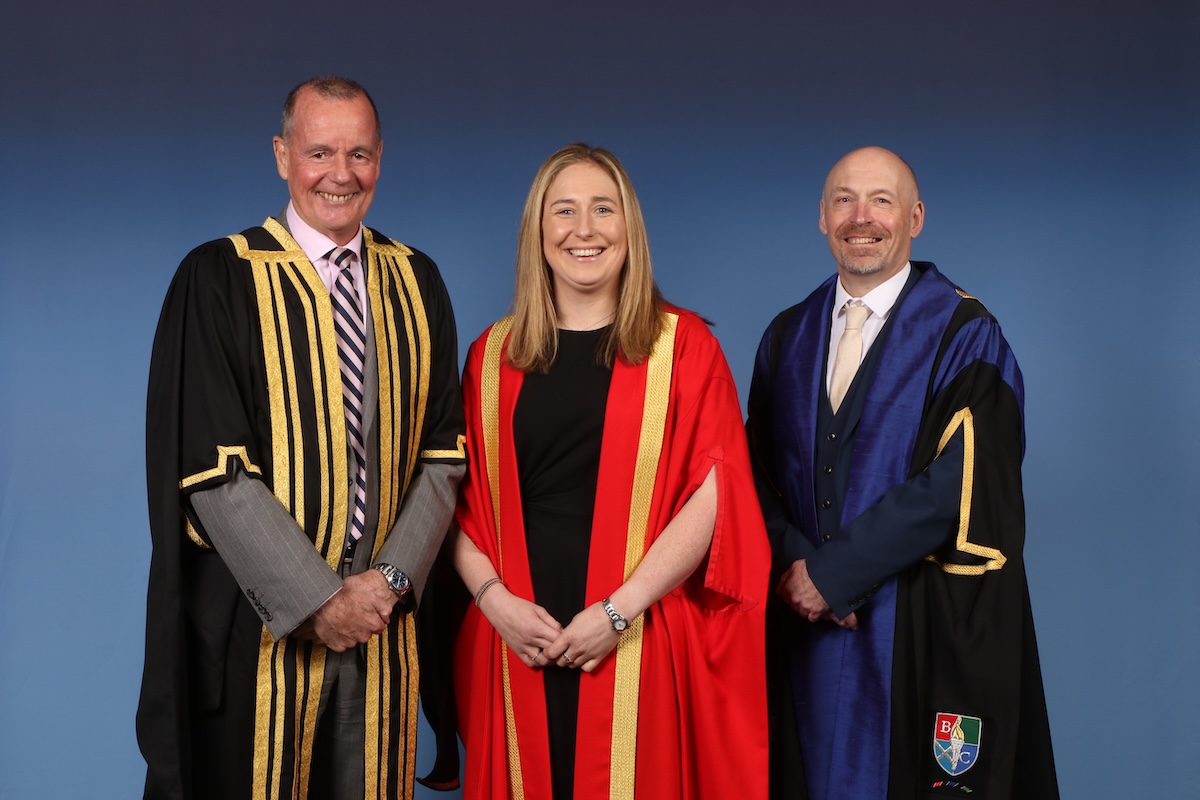Modern tech can transform how colleges operate – it’s time to embrace it.

Like so many educators, I emerged from the pandemic exhausted and in dire need of a break – at the time I was the course leader for a digital media course and my team, like so many others, were balancing remote delivery, home schooling and the fear of catching a disease we knew nothing about. I remember vividly going day-to-day waiting for an email to arrive from the awarding body clarifying what we were supposed to be doing, whilst simultaneously telling learners that things were under control, and we would be communicating assessment decisions ‘very soon.’
It’s hard to explain to non-education folk how quickly we needed to adapt and change the way we executed day-to-day teaching methods; one thing was certain – I was determined that when we returned back to some form of teaching normality, it would be delivering a course that was fit-for-purpose in a post-pandemic teaching world.
As part of my plan I needed to engage with some technology; lockdown restrictions still meant that college was closed to face-to-face teaching – I would have to consider ulterior methods. My strategy was to gather a wealth of feedback from our student body and ascertain a range of ideas via qualitative and quantitative methods. Historically I’ve always arranged focus groups with students that were hosted by staff outside of our area, but due to restrictions this wasn’t possible. We didn’t own any software internally that I felt could achieve what I wanted, so I went begging…
College operational methods are outdated
I was in luck; after speaking to a range of research companies, one offered me their platform with the following strict instructions: ‘go crazy’. What I discovered was huge, and opened my eyes to the following realisation – educational institutions still rely on traditional, operational methods and they are doing so whilst dealing with students that have outgrown these systems. Modern software can provide you with data that is actually usable and not just for ‘box ticking.’
The following, alongside traditional quantitative data capture, are the areas that I found to be transformative in how we decided to make changes.

Video Capture
Smartphones have ensured that everyone has the power to communicate via video and Forbes have stated that by 2022, video will account for 82% of all consumer traffic on the web. Almost every student has a device that is either a smartphone, tablet or webcam – there really is no excuse to not utilise the potential that video provides – the obvious questions are why and how?
Why?
Smartphones are part of a students identity; you can attribute much of an individual’s communication, thoughts and feelings around the device – rightly or wrongly, it’s how they engage with the people and the world around them. Fear of Missing Out (FOMO) is a particular driving force and by utilising video in qualitative data capture, you are tapping into a communication format that students are accustomed to.
However, being able to capture video shouldn’t be a reason as to why you should do it; to paraphrase Dr Ian Malcolm from Jurassic Park, ‘just because we could, it doesn’t mean we should’. With our learners, we were keen to understand why they chose our course, and how they would describe it to their friends. We were also keen to hear how they have developed, what they are looking forward to and what they would do differently.
It’s not just video, it’s content
There was specific rationale behind these questions – this is probably obvious from the questions – but one thing we wanted to capture was content. The college was situated in a city that contained a number of 6th Form schools where competition for students is high – we knew that the course was good (the research showed us this) but we needed to get the word out that our digital media course offered something different.
I’m a firm believer that it’s the students who sell the courses – after all it’s their insight that their peers want to hear. Video capture empowered us to let the students market their course in their own words – being able to present video quotes means that potential students are hearing from people like them, and not the lecturers. It also meant that I could provide the marketing team with video content for their social media platforms and schools teams.
How?
When I was chatting with research companies my main priorities was that this needed to be cost effective and save time. It also needed to be completely accessible to students in their own homes via their computers, tablets or smartphones; it was clear that that access wouldn’t be an issue (my eyes were being opened) and that all content could be centralised in an online portal meaning that I didn’t need to worry about where things were kept. I also discovered that it wasn’t just video I could capture, there was an entire toolkit of activities that could be deployed on the platform providing a wide range of solutions such as screen recording, ideation (ranking of ideas), whatsapp style engagement and uploading files and links (+more).
The students found the process incredibly simple – using the cameras on their devices, they were able to record vlogs. What was fascinating was that in previous feedback sessions, students were hesitant to engage; let them do it from the confines of their own room, and stick a camera in front of them and they suddenly open up. When searching for a tech platform many companies offered their own Apps or web options as entry points – there really was nothing off limits.
Because I had all of their student email address, I was able to input them into the platform and once I had set the tasks, the system would automate when they were needed to be completed – in my case, they had 3 or 4 tasks per day spread across Monday to Friday whilst we assessed their Final Major Projects. This saved us so much time and we could monitor their progress via a dashboard – anyone who hadn’t completed a task would be sent a reminder so we didn’t have to chase.

Save time
When we think about teaching, time is that thing that is always being stretched; there is always something new that needs to be completed. FE colleges need to embrace modern technology in order to become more efficient in the way they run. Whether it’s registers that can be completed via a swipe of a student ID card or online enrolment systems to ease the endless queues in August,
The one thing that I found conducting my research was that if you get the right tech, it should do the work for you – in my case, the students had uploaded 38 different films – that’s around 2 hours of video content. The really interesting thing was that I didn’t need to sit through all of the content, the software transcribed it for me and had deployed sentiment analysis. This enabled me to simply highlight the positive or negative clips and watch or read what students really felt about the course. I could then download a showreel or sequence which could be used for marketing, enrolment days or open evenings.
Get innovative
It got me thinking, what if the wider college could use it to improve other aspects of day-to-day operations. Student Voice instantly sprung to mind – instead of attempting to gather a group of teenagers to a focus group, we could set up an online campaign where they interact with each other. Another idea was improving the alumni provision – so many students go on to have great careers and we never shout about it – why don’t we create a long-term community which captures content and continues the relationship between college and student?
The further down the rabbit hole I fell, the more I realised that a lot of academic institutions still rely heavily on traditional methods of operation. Student progress surveys, marketing content and interaction – it seems we are too reliant on what we know rather than exploring new ways of operating; everything has become a box-ticking exercise to keep management happy. The FE Sector needs to start looking at alternative methods to how they operate, embrace Gen-Z learners and pioneer new ways of working – a qualitative research campaign is a great way to start.
When I look at the sector, lots of institutions and independent bodies are embracing innovation – take the ITEC – their mission is to work in an innovative manner to share and celebrate the work that we all do so that we can improve the very things that we do. The time has come to embrace modern technology.

Ed is a former Course Leader in Digital Media in FE. He now heads up Qualzy Education and guest lectures across the sector specialising in film production and contextual media theory.
Contact [email protected]











Responses